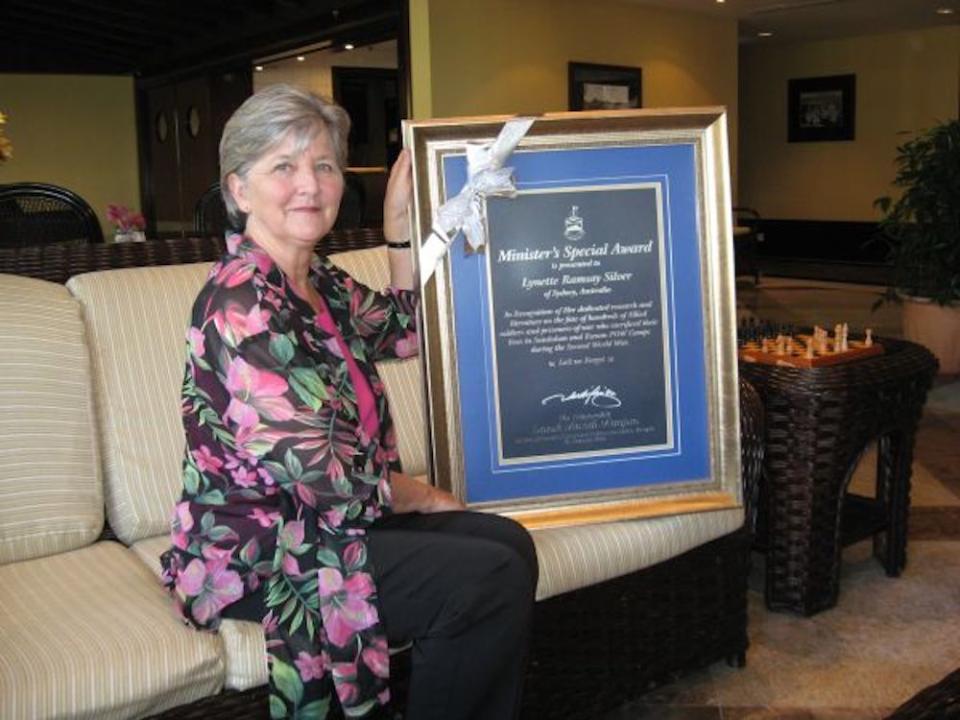Kind-hearted Aussie historian, husband lead group to get poor Sabah children cleft lip and palate operations

PETALING JAYA, Oct 21 — For the past four years, Lynette Silver, her husband Neil and a group of generous Australians have been sponsoring harelip and cleft palate operations for children in Sabah.
To date, more than 40 people have been transformed and another seven are awaiting assessment and treatment.
It all began in 2015 when the Sydney-based couple was passing through an isolated village in the East Malaysian state during a Sandakan Death March tour when Neil noticed a little girl whose face was disfigured by harelip and cleft palate.
The girl hid behind a group of children as treats were being handed out.
A few months later, the Silvers met her again, describing the child as painfully shy and conscious of her looks.
“Enquiring why, at the age of 10 or so, she had not had corrective surgery, we were told that the family was too poor to pay for treatment,” Lynette told Malay Mail.
With the help of their friends at Likas Bay Rotary, they found a plastic surgeon to do the surgery at no charge but the Silvers forked out approximately RM4,500 to pay for the hospital, anaesthetist, transport and accommodation costs.
“The poor disfigured little girl was now beautiful but we soon discovered that she was not a one-off and other children also needed help,” said Lynette.
After the news of the little girl was shared through a newsletter, her fellow Australians rushed to help and the cash flooded in.
That was when Buy-a-Smile was born, a charity that welcomes Australians with links to Sabah to help children born with cleft lip and palate.
The legacy of the Sandakan Death March
The renowned military historian first became interested in the Far East and World War II back in 1988 while researching “a covert mission to attack enemy shipping in Singapore Harbour in 1943.”
This interest led her to extend her research into the Malayan campaign, the loss of Singapore and eventually the prisoners of war (POW) in Sabah during the Japanese Occupation.
Her works include the Parit Sulong massacre in Johor and investigating the inspiration behind the real James Bond, a British spy who once lived in Cameron Highlands.

In 1998, she wrote a book about Australian and British POWs that were forced to take part in the 1945 Sandakan Death March that resulted in only six Australian survivors out of some 2,500 troops.
Fast forward to 2005, she teamed up with expert trekker Tham Yau Kong to trace the death march’s route and opened part of it to tourists the following year.
“We have been travelling to Sabah several times a year since 1999, when I first accompanied a group of POW relatives on a pilgrimage,” she said.
She and her husband have visited Sabah about 70 times.
Keeping Australia-Sabah ties alive
In many ways, Buy-a-Smile was one way for the descendants of the survivors to give back.
“Our POWs were given a helping hand by Sabahans during WW2, not just those who saved the six escapees, but many others who gave them food when they were starving.
“These people had little in the way of material wealth but were compassionate enough to lend a helping hand to those who needed it,” she said on why such a mission was important to Australians.

Most Buy-a-Smile beneficiaries are children and so far, only two of the 40 they have helped are young adults.
“We have a local coordinator who arranges for the children to be assessed. He then passes them to the medical team.
“I raise the money and my husband handles the financial side. We sometimes have logistical help from a couple of friends, but basically it is a three-person team,” Lynette said.
Apart from donations, the POW relatives organise fundraising dinners when the money is running low and the Hyatt Hotel general manager in Kota Kinabalu, who is an Aussie, has also joined in on the mission by providing funds from an annual charity golf event.
“On average, RM4,500 is required to Buy-a Smile for a simple harelip operation while reconstructive surgery for a cleft palate and dental work costs more,” said Lynette.
Highlighting the importance of correcting children born with a harelip and cleft palate, Lynette said the corrective surgeries were important for children born with the birth defect.
Without correction, the children would be condemned to a lifetime of teasing, being ostracised and shunned by society.
“A deformity of the face is so inhibiting to normal social contact – a child in need, irrespective of race, creed or culture, is a child in need,” she said.
Find out more about Buy-a-Smile here.


